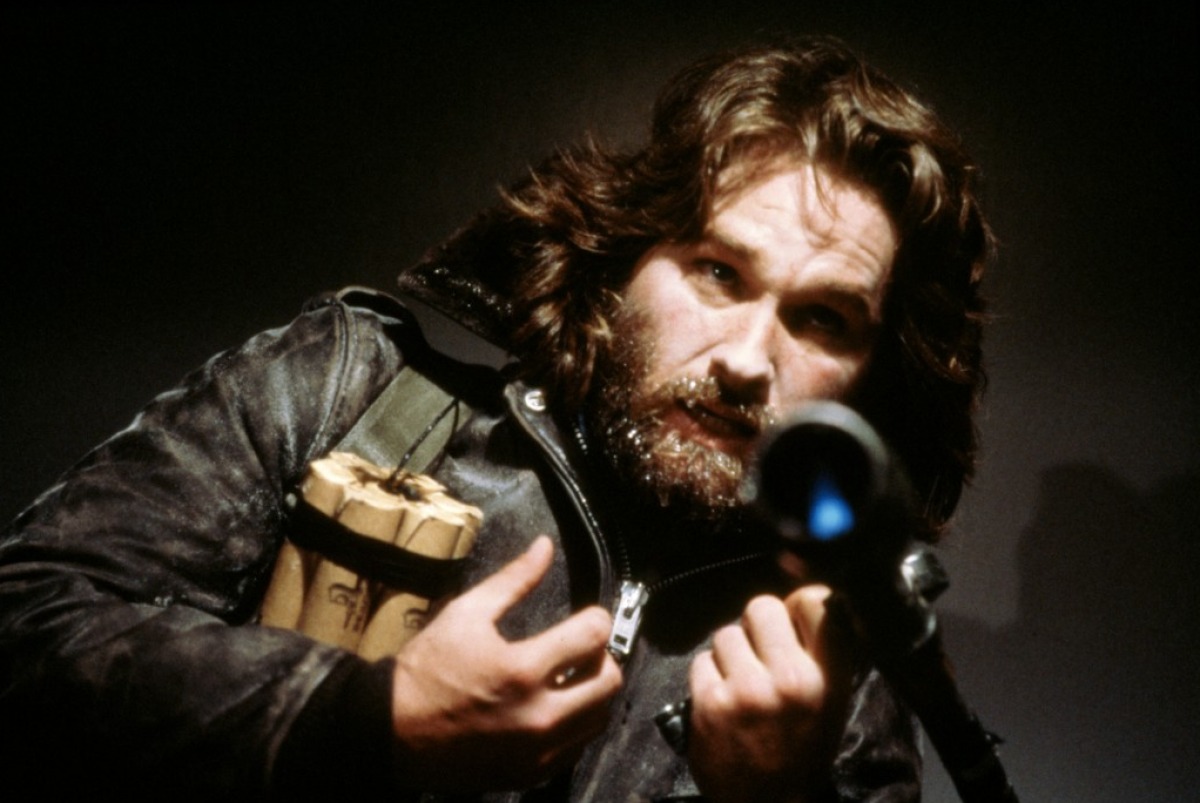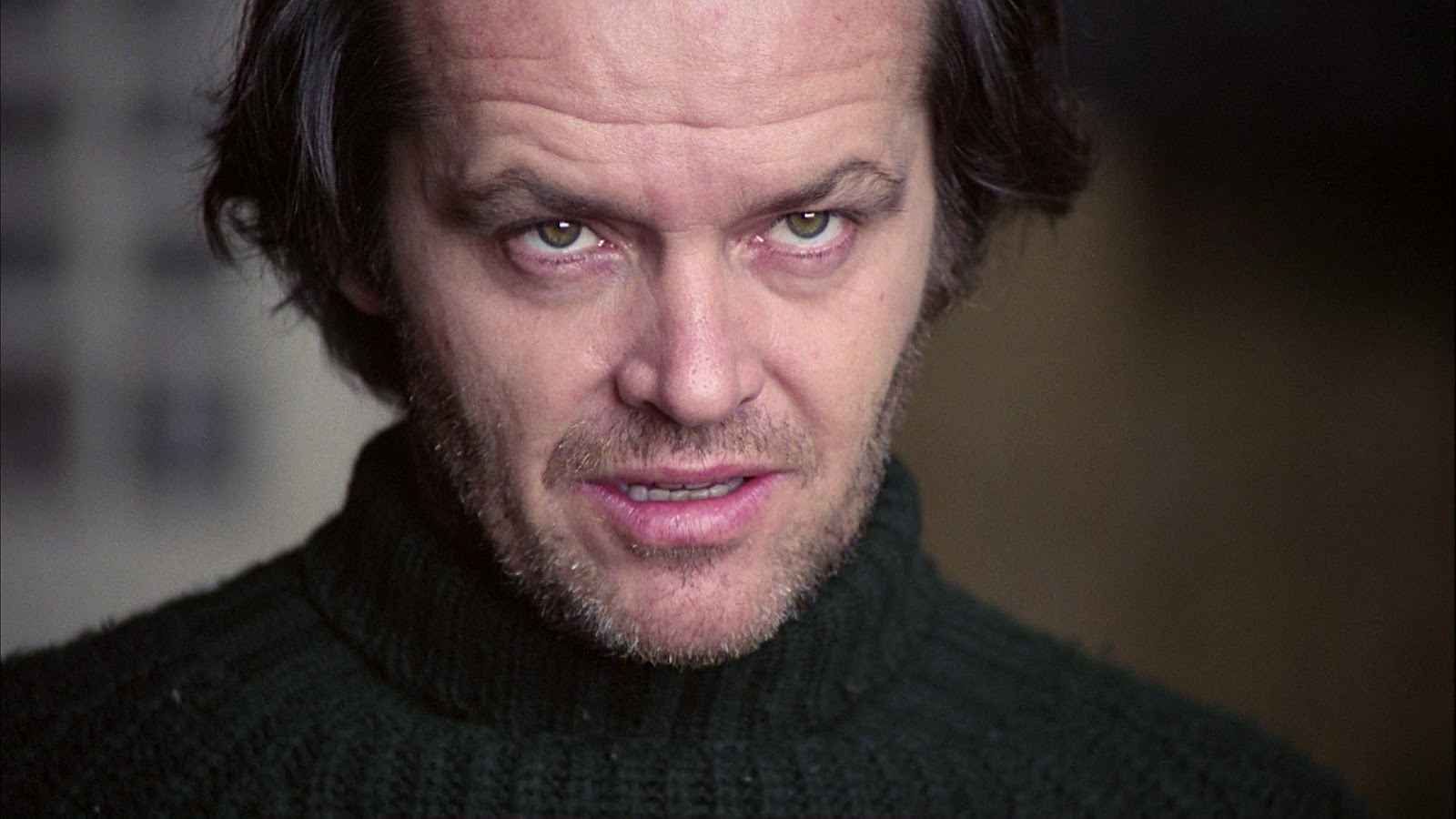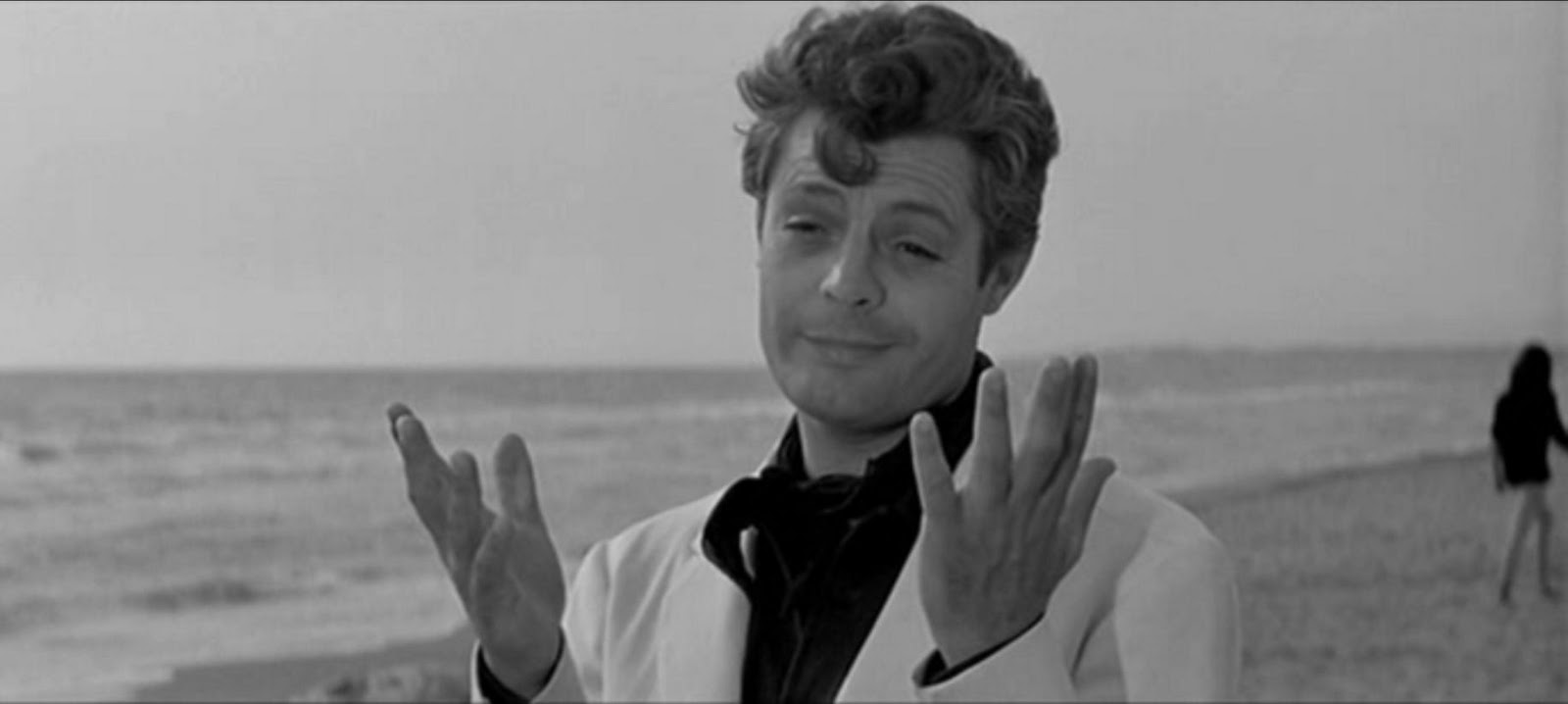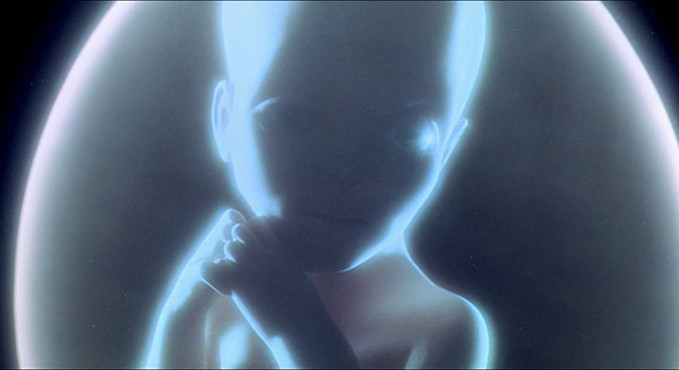5. The Thing (1982)

John Carpenter intelligently utilized the primal fear of modern society: the fear of betrayal. There is also a fear of the unknown, as we never know what grave danger is lurking around silently. Presence of this theme “Confusion”, makes “The Thing” more of a psychological thriller than a sci-fi film. When shape-shifting alien attacks the military base in Antarctica, the best of pals have to prove their ingenuity to stay alive.
Everyone is killed and only MacReady and Childs survives. Childs and MacReady drink coffee and discusses the distrust of life, in the end, assuming the foredooming tragic end. They are both fighting for their survival, the human and the altered human or alien. Doom in inescapable, only the countdown is waited for.
4. The Shining (1980)

“The Shining” was a crowning example of horror presenting a completely original vision that the viewers have never witnessed beforehand. The eerie atmosphere of the film is established in the very beginning shot: the bird’s eye view of Jack Torrance’s car journeying towards the overlook hotel.
Jack’s primary interaction with the hotel manager further indicates that the hotel is a haunted one, and the viewers suspect that Jack may lose his sanity in its maze. They are never prepared for the twist coming in the story.
The plot initially progresses using the common horror trope of insanity, but the final image of the film change this conception. We see a picture of overlook’s 1921 ball party, and the picture a young jack smiles at us. This is a perfect ambiguous ending to the film. Maybe Jack is the incarnations of the hotel’s previous guests, or the hotel absorbs him to the frame, after running him insane, as a prized possession or trophy.
3. Persona (1966)

Plato’s theory of forms got a proper representation in Bergman’s “Persona”. But is it ever possible to solely transfer an idea to another medium of representation? The different mediums and their dissimilar traits are the obstacles to be overcome, and generally, they can never be completely taken care of.
This is an inherent weakness of our world, the wall between intellectual exercise and its weak physical manifestation. Again, every day we humans are manipulating this weakness in our advantage. Our social rules taught us to behave sober even we imagine forcing the inexplicable brutality to our enemies.
In “Persona” Elisabet Vogler suddenly chose to remain silent possibly in the disdain of the world’s cruelty, when her another reflexive self wants to express its thoughts vividly. Another association is bound to be present: the political and social pressure of the film industry.
Auteurs always try to express their feelings and thoughts with authentic visual and narrative flair, but they have to work with the limitations imposed by the financial authorities. In the final moments, Bergman shows us the shooting of the very film which further emphasizes that the pictures on the screen are a staged story: it can never properly express his ideas from the writing stage, that we will never know his intentions for sure.
2. La Dolce Vita (1960)

The critique of hedonism is clear throughout the 1960 Italian masterpiece “La Dolce Vita”, but the ending is less obvious. Our protagonist is Marcello Rubini, a journalist by profession, who lives the hedonistic lifestyle in question. But the plot is slightly subverted here, we see Marcello and his hedonistic addiction with a more sympathetic eye than usual.
Marcello works as a journalist for gossip magazines, but deep down he wants to be a writer. He is a convoluted character indeed, having a great weakness to visual, carnal and physicals pleasure, but Marcello is a creature of circumstances. The time is post-world war two Italy, the society is built upon this artificial morales of superiority and the way to maintain to status quo is to conform to its rules.
As the story progresses, we see Marcello descending more from his passion for writing to become a sheep of society. The dominant viewpoints of various film critics point this journey as a road to purgatory with Marcello as the modern-day Dante. Once Marcello sees a little moment of hope, inspired by the intellectual Steiner, but Steiner dies and Marcello submits to the rules in frustration. He met a young girl in a cafe while writing for his novel, and he declares her an angel.
But the meeting was brief, and he again met him at the end of the film, albeit now everything is a downward spiral. The girl calls him to come him to purify himself, but Marcello can’t cross the river. In the background, a dead seal stares to them. The viewer can’t properly decrypt the meaning but sympathizes with Marcello’s fate.
1. 2001: A Space Odyssey (1968)

This is not a discussion about any ordinary filmmaker. The filmmaker is one granted legendary status, the great Stanley Kubrick, whose films have always perplexed the audiences and forced them to hunt for hidden meaning and expose behind their ordinary veil. From the freeze-frame photo of Jack Torrance in the Overlook hotel lobby to “Where the rainbow ends”, the answers are waiting silently for the viewer in the unknown, unsuspected places.
Kubrick was also a technical master, whose prowess in making films made the conspiracy theorists believe that he was involved in faking the moon landing whose dry run was the shooting of 2001: A Space Odyssey. It is still unimaginable that Kubrick made such a film of epic proportion in the 1960s. Only this article is not concerned about the technical achievement of his films, but the philosophy of it.
At the end of the film “2001: A Space Odyssey”, a baby from the fetus covered in transparent orb of light gazes towards our blue planet earth. It was Bowman who transforms into the baby, the Starchild. The question remains what Kubrick was trying to prophesy about the future of mankind. The most accepted answer is tied to Nietzschean philosophy: Bowman changes to Ubermensch, the highest form of humans.
Thus Spoke Zarathustra plays in the background, further ensuring the Nietzschean tie when Ubermensch breaks free from the conventions and moral bounds of weak human to be an amoral superhuman, and Kubrick breaks the convention of mainstream films with a great ambiguous ending.